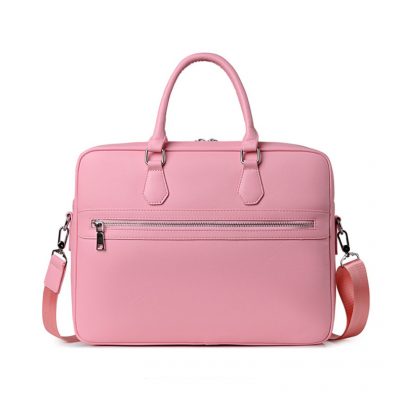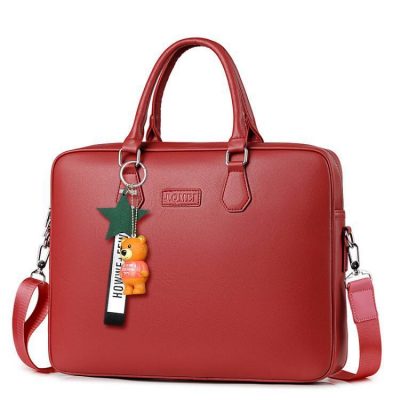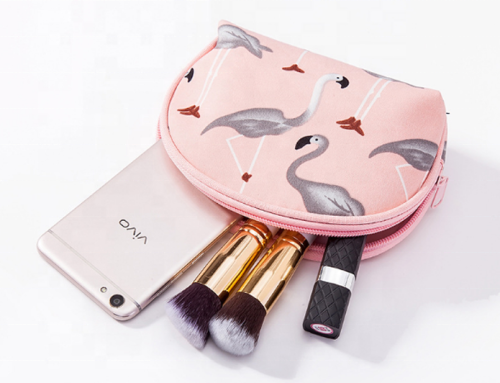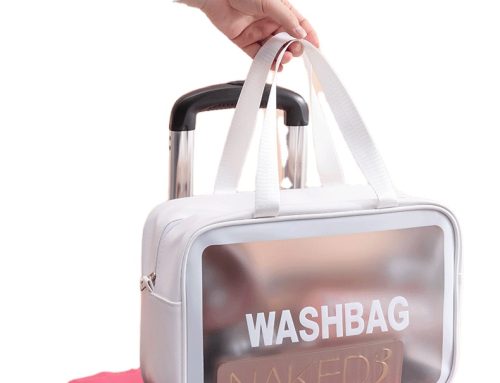**1. **Padded Straps: Look for bags with padded shoulder straps. This feature helps distribute the weight of the bag more evenly across your shoulders, reducing strain on your muscles.
**2. **Adjustable Straps: Adjustable straps allow you to customize the fit of the bag to your body, ensuring a comfortable and secure carry. Some bags also include chest or waist straps to further distribute weight and stabilize the bag.
**3. **Back Padding: Bags with cushioned and breathable back padding provide comfort and prevent the laptop and other items in the bag from digging into your back. Look for bags with mesh padding to improve airflow and reduce sweat buildup.
**4. **Ergonomic Design: Choose bags with ergonomic designs that follow the natural contours of your body. These bags are often designed to minimize stress on your back and shoulders, promoting better posture.
**5. **Load Distribution: Opt for bags that are designed to evenly distribute the weight of the contents. This prevents excessive strain on certain parts of your body and helps you maintain balance.
**6. **Ventilation: If you live in a hot or humid climate, consider bags with ventilation features. Mesh panels on the back of the bag can help keep your back cool and dry during long periods of wear.
**7. **Laptop Compartment: Ensure the laptop compartment is well-padded to protect your laptop from impact. A padded compartment also adds extra cushioning against your body, increasing comfort.
**8. **Hip Belt: Some larger backpacks come with a hip belt that can transfer some of the bag’s weight from your shoulders to your hips. This is particularly beneficial for long hikes or walks.
**9. **Weight Distribution: Pack your bag thoughtfully to distribute weight evenly. Heavier items should be closer to your back and centered within the bag to prevent discomfort and maintain balance.
**10. **Test Before Purchasing: If possible, try the bag on in a store before purchasing. Load it with a similar weight to what you’d carry during your travels to get a sense of how it feels on your shoulders and back.
**11. **Quality Material: Look for bags made from high-quality materials that can withstand prolonged use without causing discomfort or abrasions on your skin.
**12. **Size and Capacity: Choose a bag that’s appropriately sized for your needs. A bag that’s too big or too small can lead to discomfort, as improper weight distribution can strain your body.
Remember that what works best for one person might not work as well for another, so it’s important to try out different options and pay attention to your own comfort. Prioritizing ergonomic features will help ensure that your laptop bag provides a comfortable carrying experience during long hauls.






